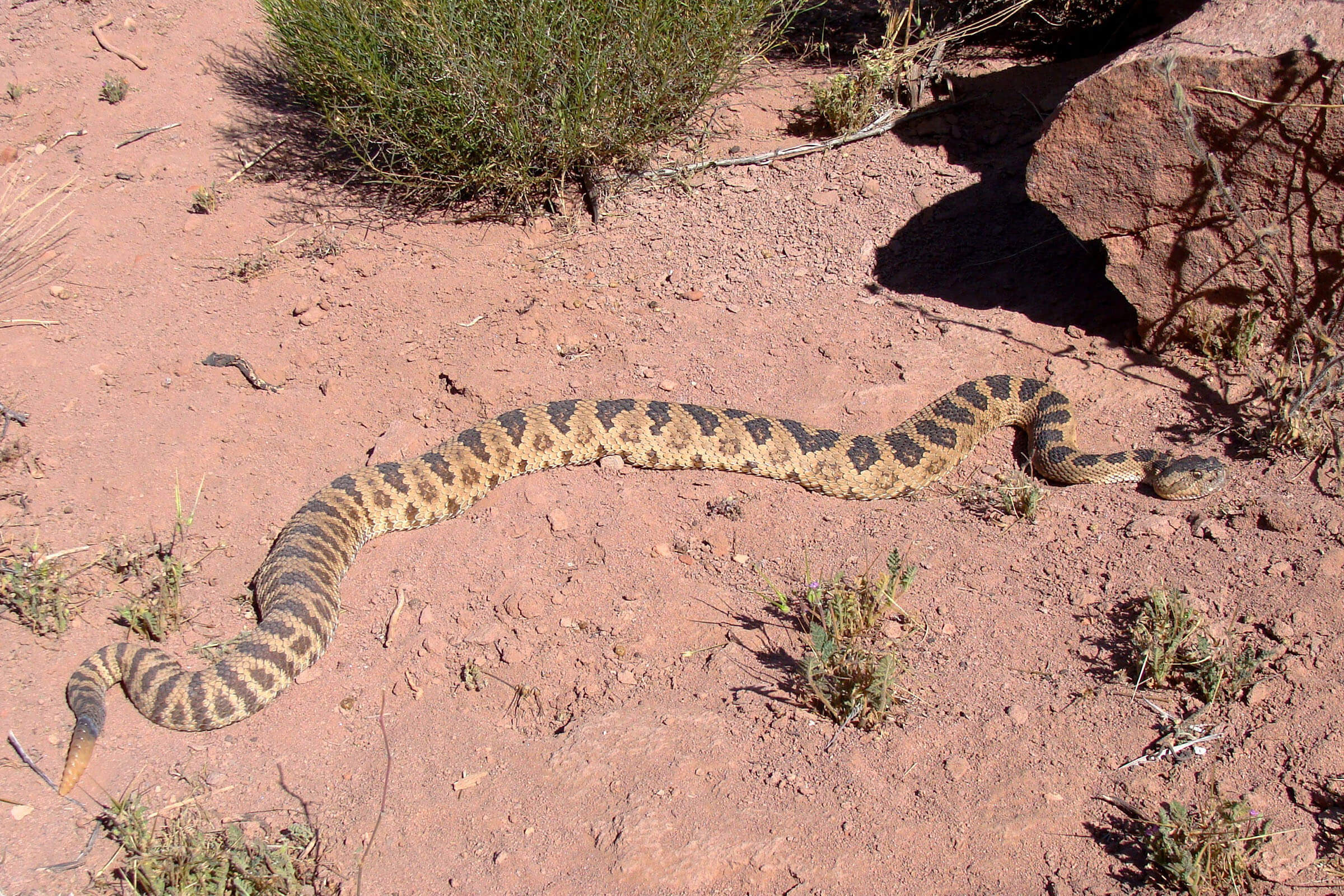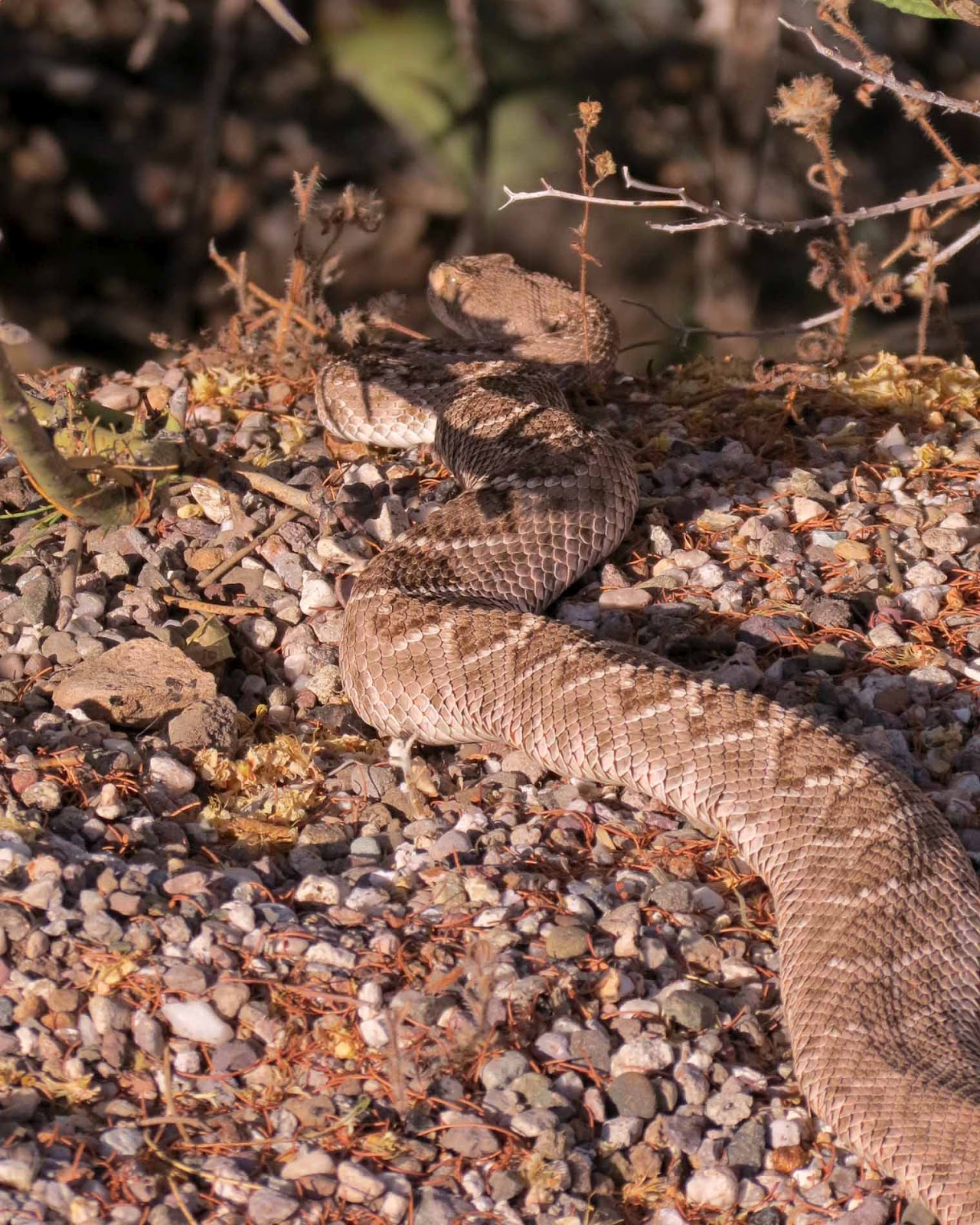Have you ever wondered if rattlesnakes are lurking around Denver? Well, buckle up because we’re diving deep into this slithery question. If you’re a nature enthusiast, hiker, or just plain curious about wildlife in Colorado, this article has got your back. We’ll explore whether rattlesnakes call Denver home and what you need to know if you ever cross paths with one of these venomous critters.
Denver is no stranger to wildlife, from majestic elk to tiny chipmunks, but when it comes to rattlesnakes, the question lingers. Are they really out there, or is it just a myth? This article will break it down for you, so you can enjoy the great outdoors without unnecessary fear—or with a healthy dose of caution, depending on how you roll.
Let’s face it, encountering a rattlesnake might not be at the top of your bucket list, but understanding their habitat and behavior can make all the difference. Whether you’re planning a weekend hike in the Rockies or simply curious about Denver’s ecosystem, this guide has everything you need to know about rattlesnakes in the Mile High City.
- Brian Campbell Death Unraveling The Truth Behind The Headlines
- Celebrity Breast Implants The Inside Scoop On Hollywoodrsquos Most Talkedabout Trend
Denver’s Natural Habitat: Does It Suit Rattlesnakes?
Denver, nestled in the heart of Colorado, boasts a diverse range of ecosystems. From the urban sprawl to the foothills of the Rocky Mountains, the city offers a variety of environments that attract different types of wildlife. But does this include rattlesnakes? The answer lies in the terrain and climate.
Rattlesnakes, particularly the Prairie Rattlesnake, are known to inhabit areas with dry, rocky terrain and plenty of hiding spots. While Denver itself may not be their primary stomping ground, the surrounding areas, especially the Front Range and foothills, provide perfect conditions for these snakes to thrive.
It’s worth noting that rattlesnakes aren’t exactly city slickers. They prefer open spaces, grasslands, and rocky outcrops, which are more common in the outskirts of Denver rather than its bustling downtown. So, while you might not stumble upon one during a stroll through LoDo, venturing into the wilderness increases the chances of an encounter.
- Alyxandra Beatris Brown The Rising Star Redefining Hollywoods Landscape
- Kelly Clarkson Keeps A Christmas Room Decorated Yearround
What Kind of Rattlesnakes Can Be Found Near Denver?
The most common rattlesnake species found near Denver is the Prairie Rattlesnake (Crotalus viridis). These snakes are well-adapted to the semi-arid environments of Colorado and can often be spotted in the foothills and plains surrounding the city.
Here’s a quick rundown of the Prairie Rattlesnake:
- Appearance: They have a distinctive tan or grayish-brown color with dark blotches along their bodies.
- Size: Adult Prairie Rattlesnakes typically grow between 3 and 4 feet long.
- Behavior: These snakes are generally shy and avoid human contact unless provoked.
- Habitat: They prefer grasslands, sagebrush areas, and rocky hillsides.
While the Prairie Rattlesnake is the main player in this region, other species like the Western Diamondback Rattlesnake may occasionally be seen in southern Colorado, but they’re less likely to venture near Denver.
Where Exactly Can You Find Rattlesnakes Around Denver?
Now that we’ve established that rattlesnakes do exist in the vicinity of Denver, let’s zoom in on the specific locations where you’re most likely to encounter them. If you’re planning a hike or outdoor adventure, knowing these spots can help you stay safe.
Some popular hiking trails and natural areas where rattlesnakes have been spotted include:
- Red Rocks Park: Known for its stunning rock formations, this park is also home to a variety of wildlife, including rattlesnakes.
- Chatfield State Park: With its vast open spaces and hiking trails, Chatfield is a hotspot for rattlesnake sightings.
- Genesee Park: Located just west of Denver, Genesee Park offers beautiful views and the occasional rattlesnake encounter.
Keep in mind that rattlesnakes are more active during the warmer months, typically from April to October. If you’re exploring these areas during this time, it’s wise to keep an eye out and follow safety guidelines.
Why Do Rattlesnakes Choose These Locations?
Rattlesnakes are drawn to certain areas for a variety of reasons. The rocky terrain provides excellent cover and basking spots, while the abundance of small mammals offers a steady food supply. Additionally, the climate in these regions suits their cold-blooded nature, allowing them to regulate their body temperature effectively.
For example, Red Rocks Park’s unique geology creates the perfect environment for rattlesnakes. The large rocks provide shelter during the day and warmth at night, making it an ideal habitat for these snakes.
Are Rattlesnakes Dangerous? The Truth About Their Bite
Let’s address the elephant—or should we say, the snake—in the room. Are rattlesnakes in Denver dangerous? The short answer is yes, but only if you mess with them. Rattlesnakes are venomous, and their bite can be serious if not treated promptly.
Here’s what you need to know about rattlesnake bites:
- Symptoms: Swelling, intense pain, and bruising at the bite site are common signs of a rattlesnake bite.
- Treatment: If bitten, stay calm and seek medical attention immediately. Antivenom is the most effective treatment.
- Prevention: Avoid handling or provoking rattlesnakes, and always wear sturdy footwear when hiking.
It’s important to note that rattlesnakes are not aggressive by nature. They usually only strike if they feel threatened or cornered. By giving them space and respecting their territory, you can minimize the risk of an encounter.
How to Identify a Rattlesnake
Being able to identify a rattlesnake is crucial if you spend time outdoors. Here are some key characteristics to look out for:
- Rattle: The most obvious feature, the rattle at the end of their tail makes a distinctive sound when shaken.
- Triangular Head: Rattlesnakes have a broad, triangular head that’s wider than their neck.
- Vertical Pupils: Unlike most snakes, rattlesnakes have vertical, cat-like pupils.
Remember, if you’re unsure whether a snake is a rattlesnake, it’s best to err on the side of caution and keep your distance.
How to Stay Safe Around Rattlesnakes in Denver
Now that you know rattlesnakes are present in Denver’s surrounding areas, let’s talk about how to stay safe. Whether you’re a seasoned hiker or a first-timer, these tips can help you avoid unwanted encounters:
- Stick to Trails: Stay on marked trails to reduce the chances of surprising a rattlesnake.
- Watch Your Step: Be mindful of where you place your feet, especially in rocky or brushy areas.
- Listen for the Rattle: If you hear the telltale rattle, stop moving and locate the snake before proceeding.
- Keep Pets Leashed: Dogs and other pets can easily stumble upon rattlesnakes, so keep them under control.
By following these guidelines, you can enjoy the beauty of Denver’s natural landscapes without putting yourself or the snakes in danger.
What to Do If You Encounter a Rattlesnake
Encountering a rattlesnake doesn’t have to be a nightmare. Here’s how to handle the situation:
- Stay Calm: Panicking can escalate the situation. Take a deep breath and assess the scene.
- Back Away Slowly: Give the snake plenty of space and retreat slowly.
- Avoid Confrontation: Never attempt to handle or provoke the snake.
Remember, rattlesnakes want nothing to do with you. If you respect their space, they’ll likely slither away without incident.
Dispelling Myths About Rattlesnakes in Denver
There are plenty of myths surrounding rattlesnakes, and it’s time to set the record straight. Let’s debunk some common misconceptions:
- Myth: Rattlesnakes Always Rattle Before Striking. Fact: While they often rattle as a warning, they don’t always do so before striking.
- Myth: Baby Rattlesnakes Are More Dangerous Than Adults. Fact: Both baby and adult rattlesnakes are equally dangerous, but babies may have less control over their venom.
- Myth: You Can Suck Out Snake Venom. Fact: This is a dangerous myth. Sucking venom can cause more harm than good. Seek medical attention instead.
Arming yourself with the facts can help you make informed decisions and stay safe in rattlesnake territory.
Why Are Rattlesnakes Important?
Believe it or not, rattlesnakes play a vital role in the ecosystem. As predators, they help control rodent populations, which can prevent the spread of diseases. By coexisting with rattlesnakes, we can maintain a healthy balance in nature.
Conclusion: Embrace the Snake Scene Responsibly
So, are there rattlesnakes in Denver? The answer is a resounding yes, but only in certain areas. By understanding their habits and habitats, you can enjoy the outdoors with confidence and respect for these fascinating creatures.
Remember, safety first. Stick to trails, keep an eye out for signs of rattlesnakes, and know what to do if you encounter one. And if you ever get bitten, seek medical attention immediately.
Now that you’re equipped with the knowledge to navigate Denver’s snake scene, why not share this article with your friends? Together, we can promote safe and responsible outdoor adventures. Happy hiking, and may the odds be ever in your favor!
Table of Contents
- Are There Rattlesnakes in Denver? Discover the Truth Behind the Snake Scene
- Denver’s Natural Habitat: Does It Suit Rattlesnakes?
- What Kind of Rattlesnakes Can Be Found Near Denver?
- Where Exactly Can You Find Rattlesnakes Around Denver?
- Why Do Rattlesnakes Choose These Locations?
- Are Rattlesnakes Dangerous? The Truth About Their Bite
- How to Identify a Rattlesnake
- How to Stay Safe Around Rattlesnakes in Denver
- What to Do If You Encounter a Rattlesnake
- Dispelling Myths About Rattlesnakes in Denver
- Why Are Rattlesnakes Important?
- Conclusion: Embrace the Snake Scene Responsibly
- Lil Wayne Las Vegas Residency The Hottest Show In Sin City
- Saturn Direct In Pisces A Cosmic Shift Thatrsquos Got Everyone Talking


